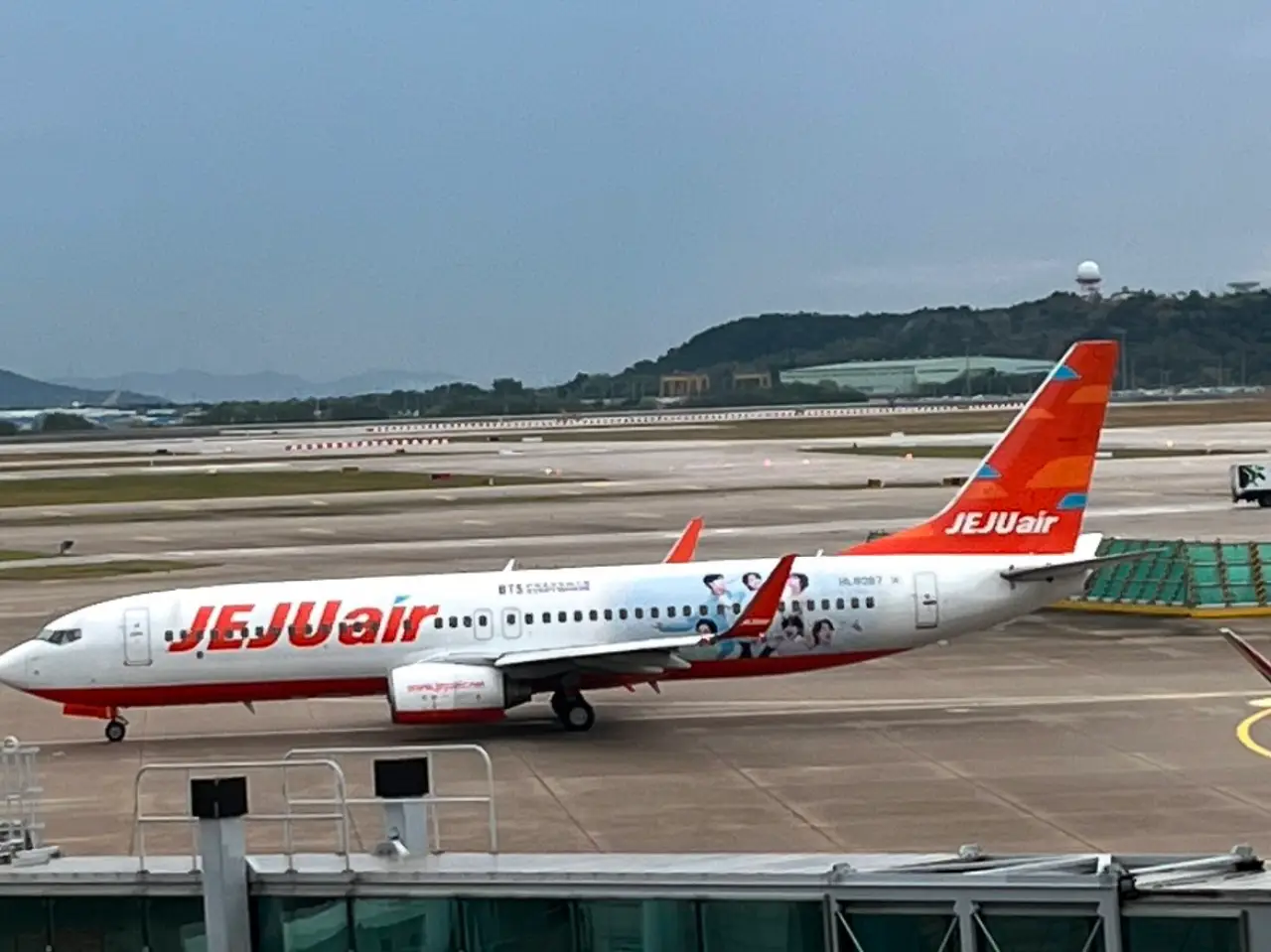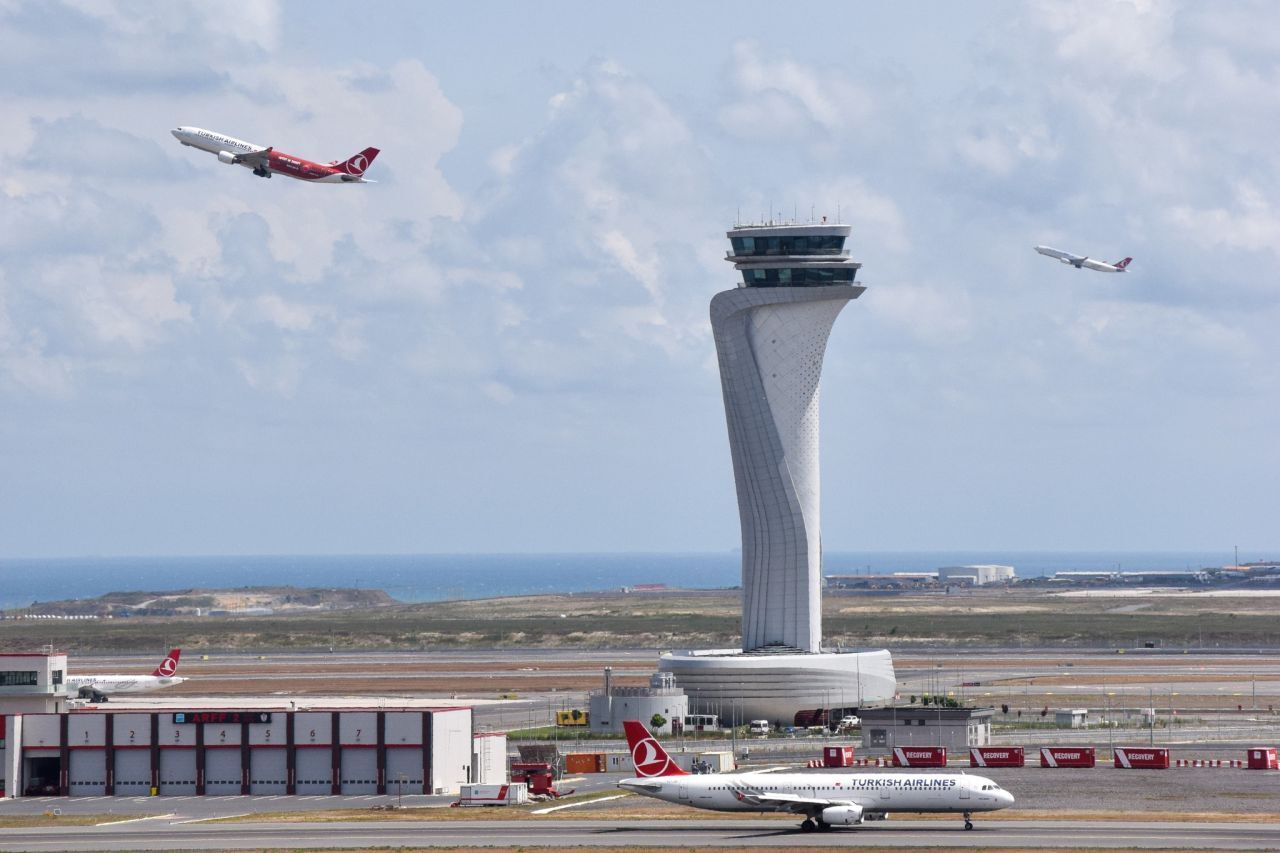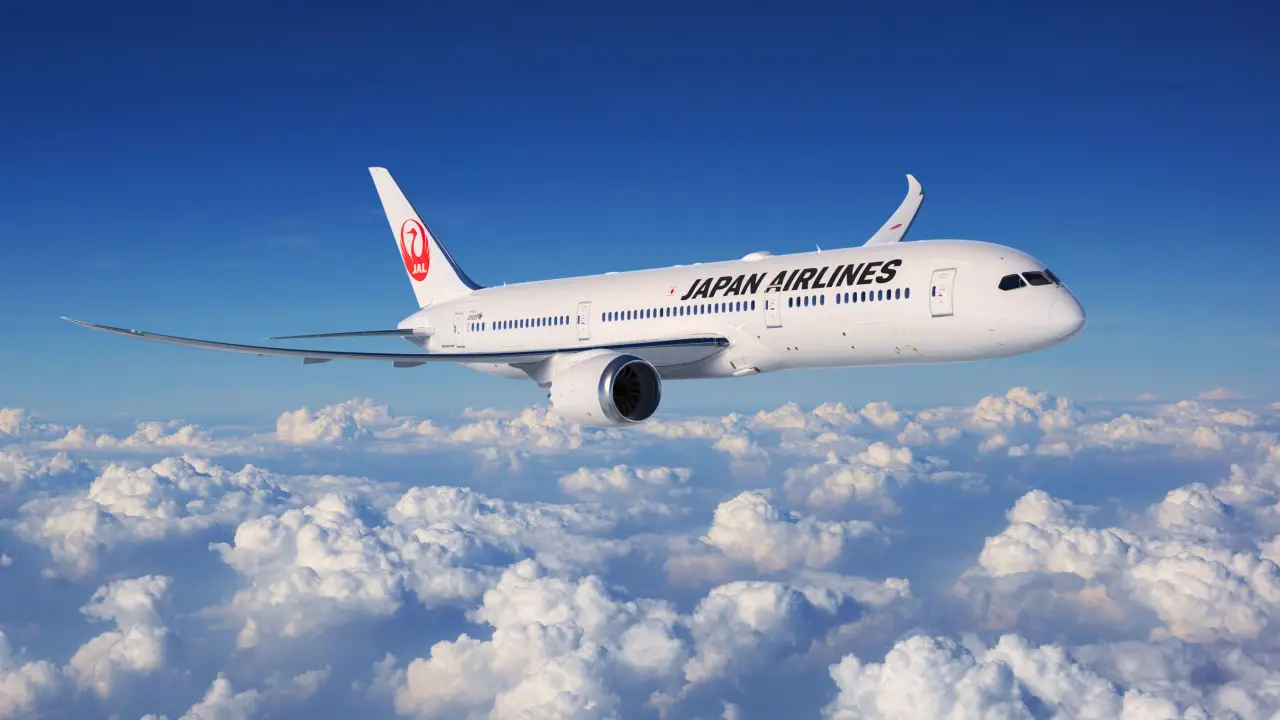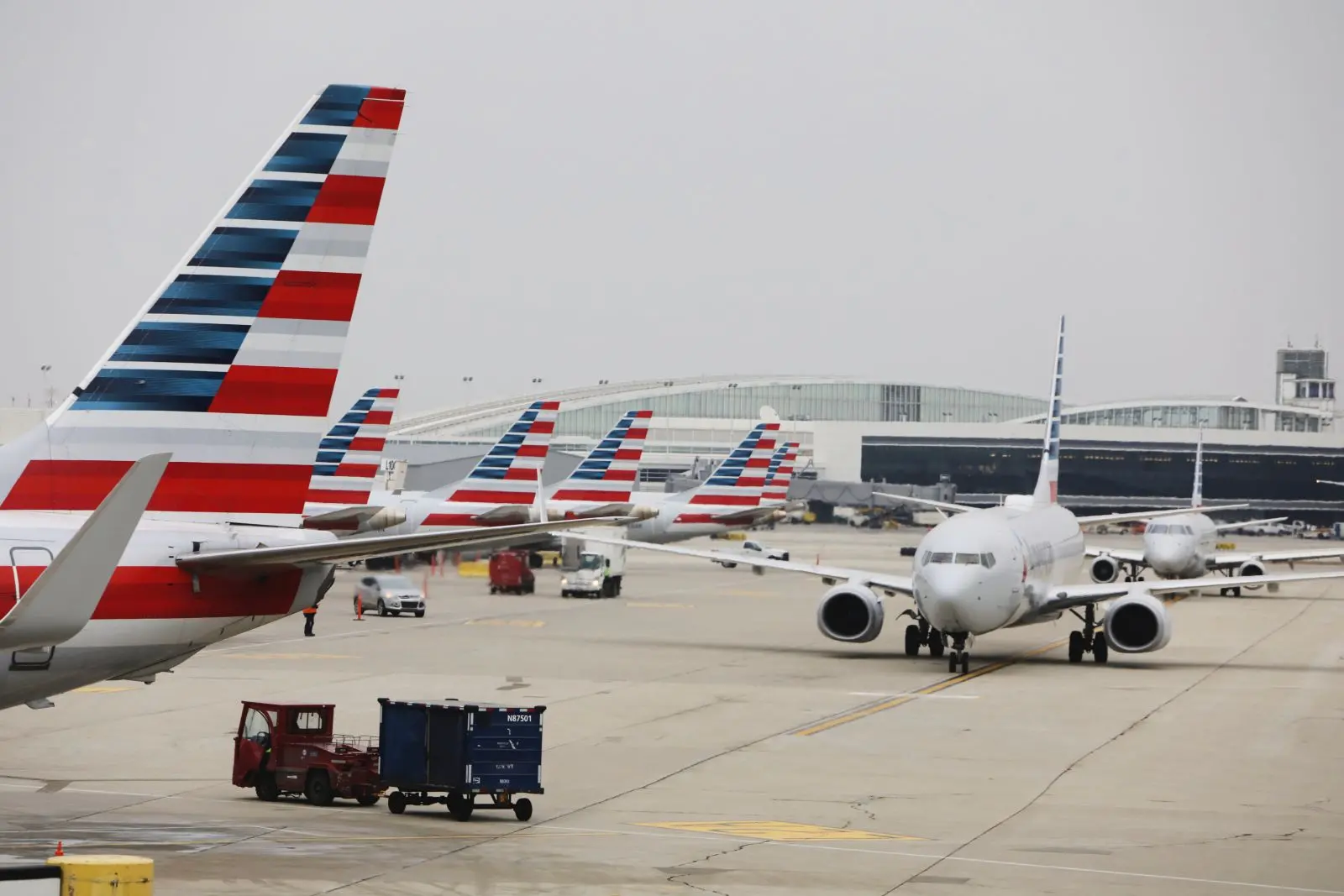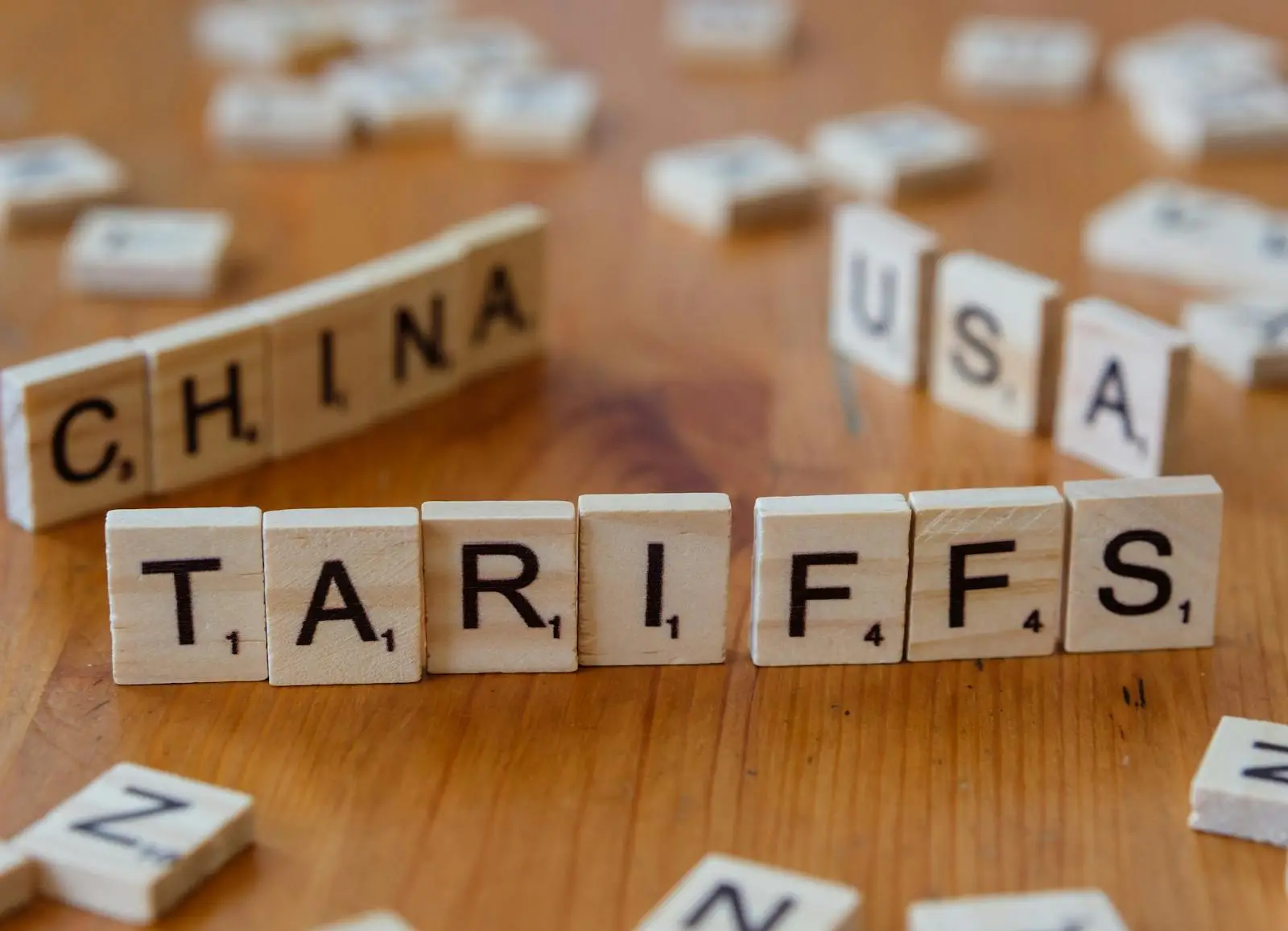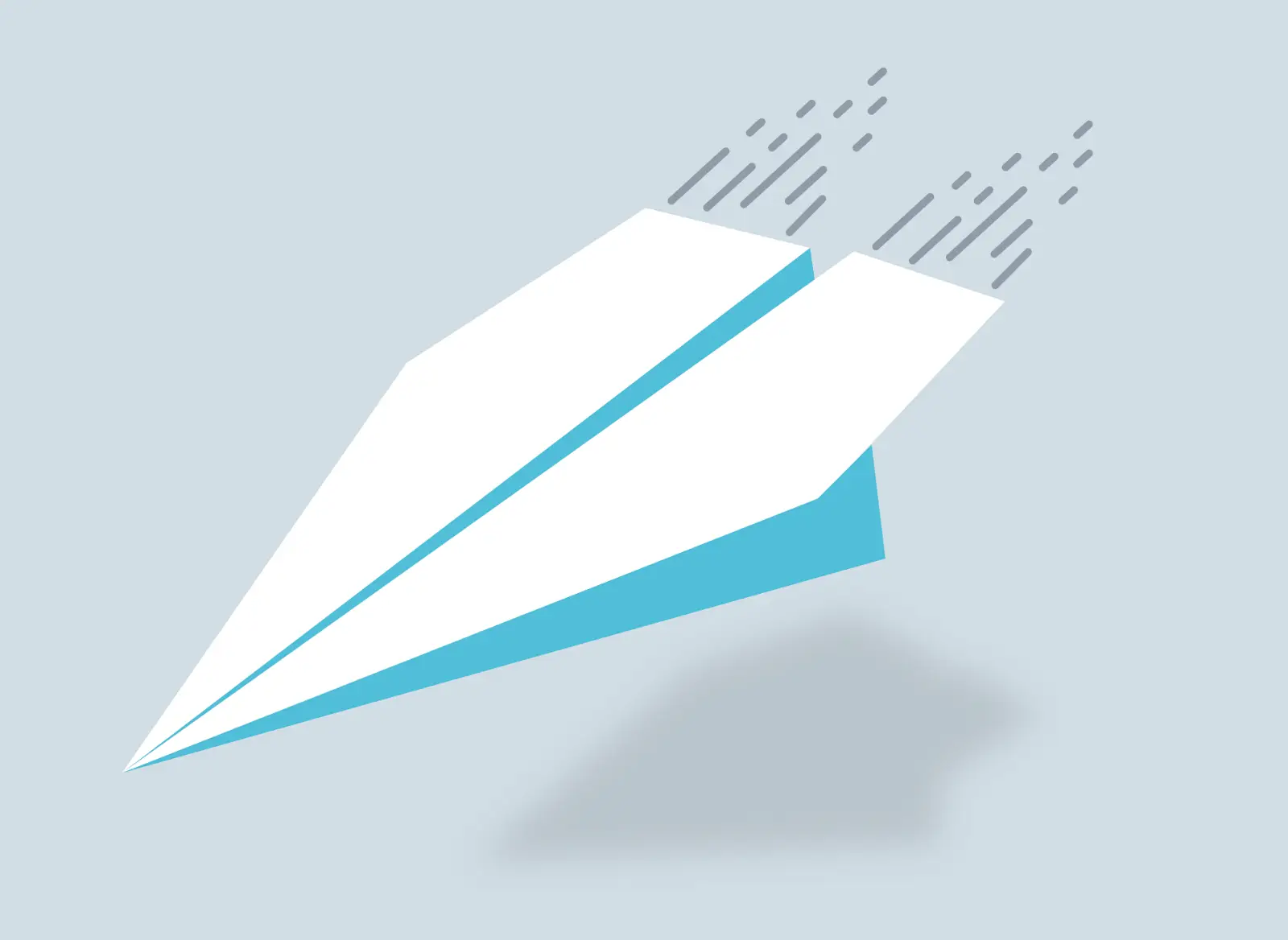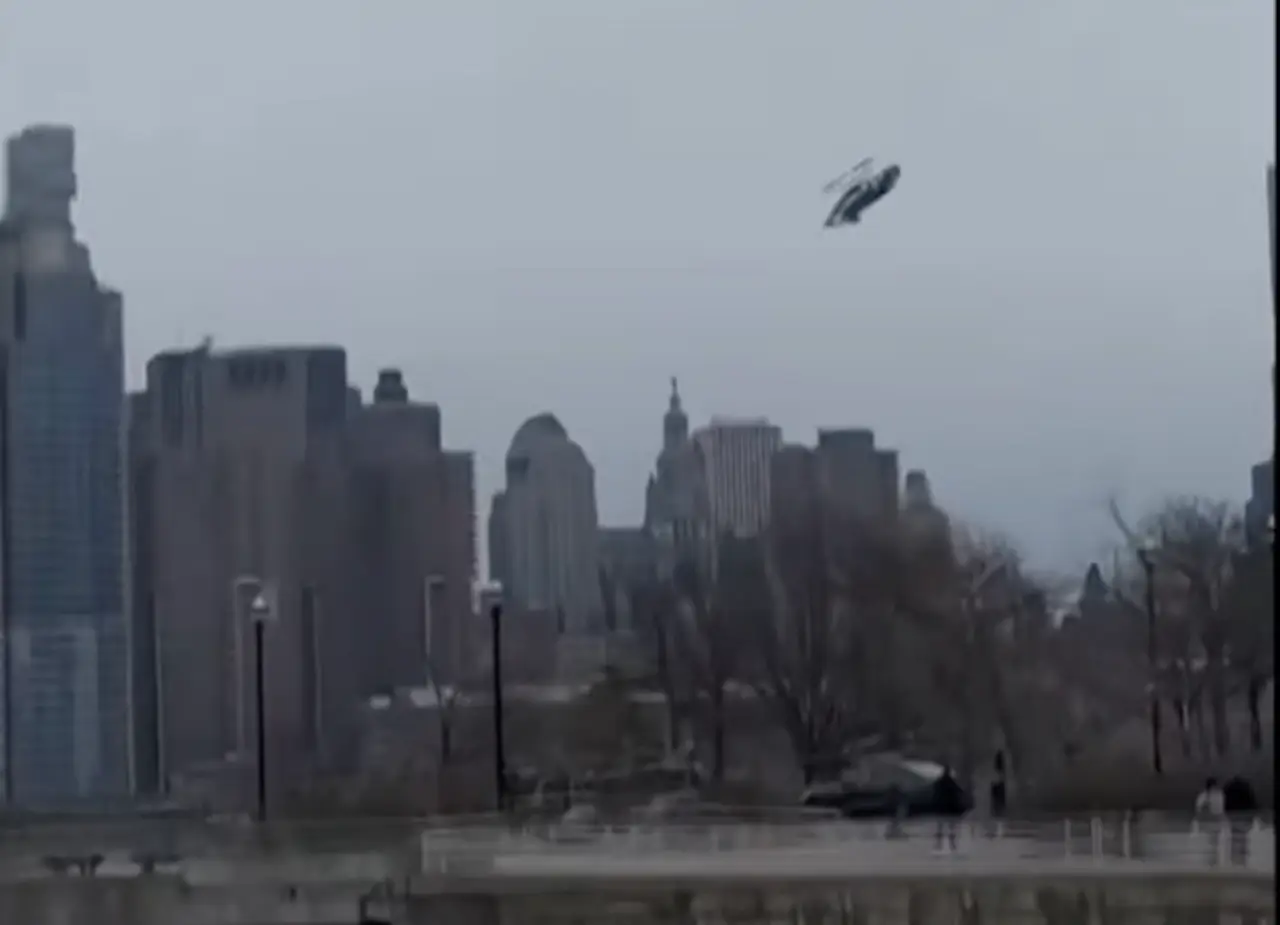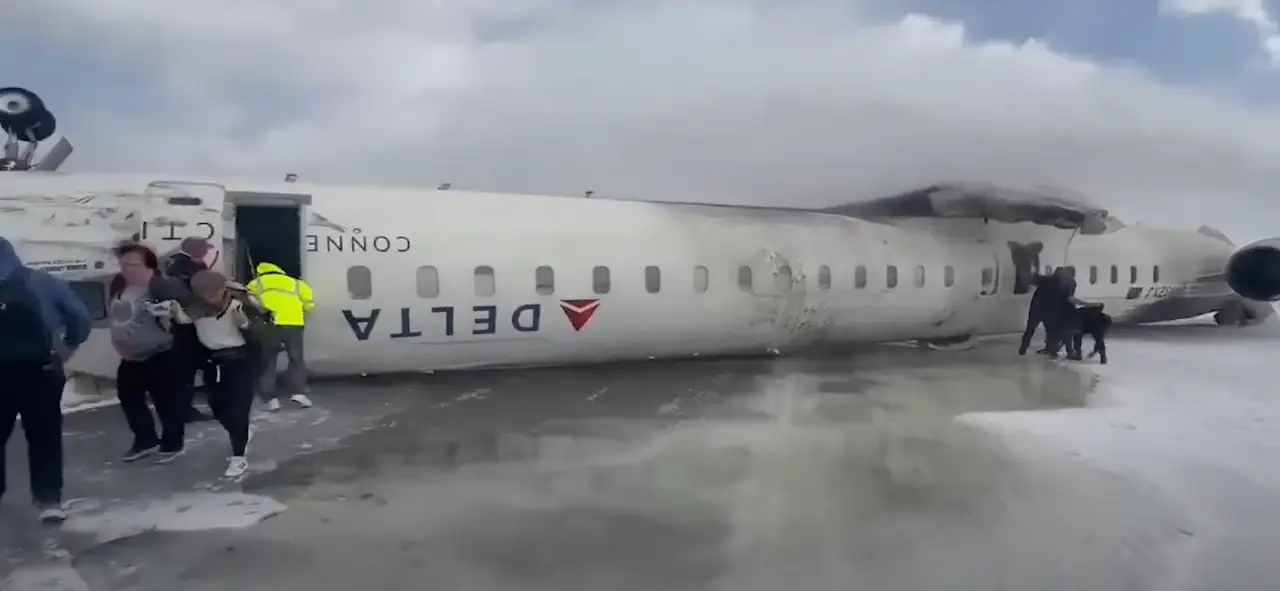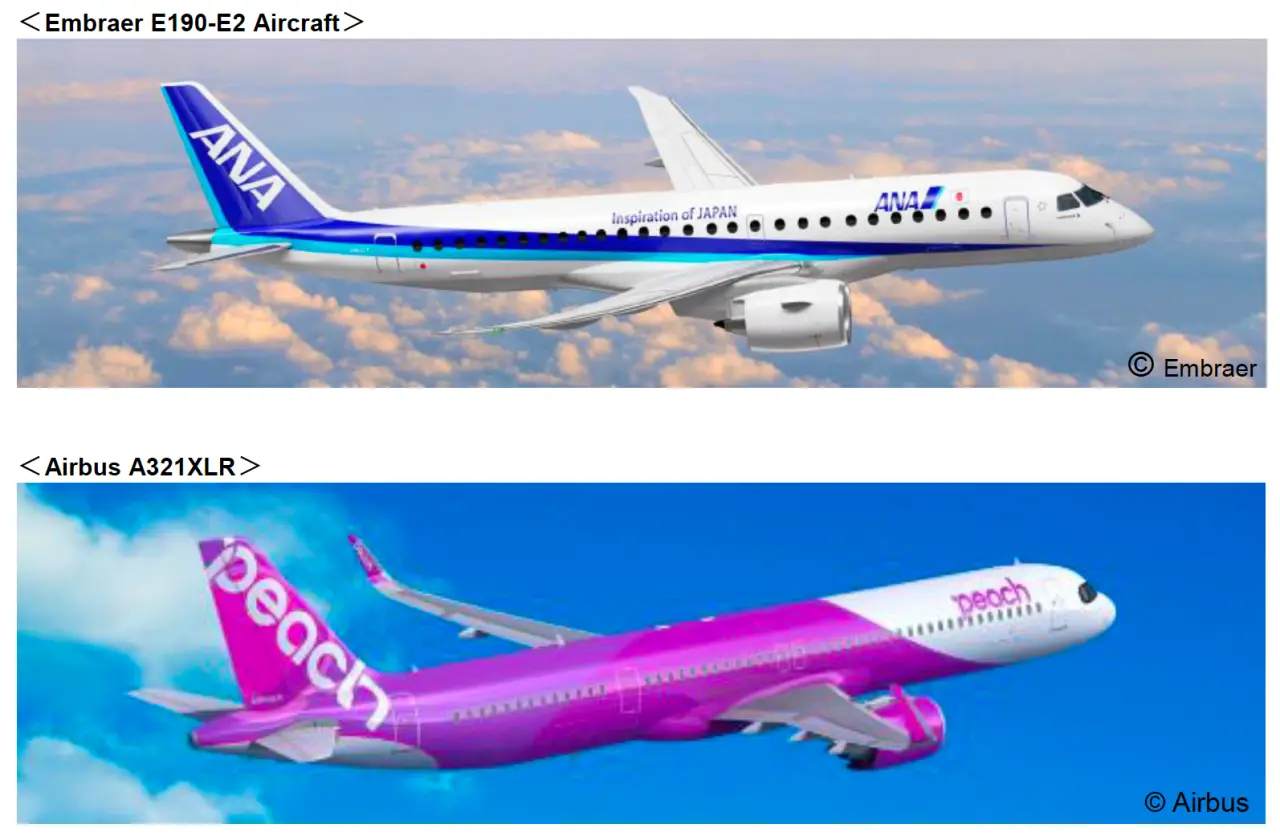A Jeju Air Boeing 737-800 erupted into flames after a crash landing at Muan International Airport, leaving 174 confirmed dead and nearly all 181 aboard presumed lost.
The flight, arriving from Bangkok, attempted to land without its landing gear deployed, veered off the runway, and struck a wall before bursting into fire early Sunday morning (Dec. 29).
According to South Korea’s National Fire Agency, two crew members miraculously survived with minor injuries and were transported to a hospital in Seoul.
The aircraft’s charred tail was the only recognizable part amid the smoldering wreckage captured in photos and videos circulating on local news channels. Emergency responders extinguished the fire within 43 minutes, but the tragic toll continued to rise throughout the day as remains were recovered.
Jeju Air Flight 2216, a routine journey connecting Bangkok and South Korea, quickly turned into the country’s deadliest aviation disaster in decades. The last major air tragedy occurred in 1997 when a Korean Air flight crashed in Guam, killing 228 people.
Investigators from the Ministry of Land, Infrastructure, and Transport revealed that the pilot issued a Mayday alert two minutes before the crash.
While the exact cause remains under investigation, initial reports indicated the control tower had warned the plane of a potential bird strike just moments before the failed landing. Despite speculation, authorities dismissed concerns about the airport’s 9,200-foot runway being a factor.
The Boeing 737-800 involved is part of the Next-Generation 737 family, known for its reliability and widespread use globally. Aviation data from Cirium shows that approximately 4,400 of these planes are in operation today. Jeju Air acquired this particular aircraft in 2017 through a lease from SMBC Aviation Capital.
Najmedin Meshkati, a University of Southern California professor specializing in aviation safety, emphasized that the Boeing 737-800 is considered a safe aircraft. “The plane in question is very safe and has a good safety record,” Meshkati said, according to The New York Times. He acknowledged that maintenance issues can sometimes contribute to mechanical failures. Investigators are exploring whether a bird strike damaged the landing gear, preventing it from deploying properly.
Muan International Airport, located on South Korea’s west coast, uses various bird deterrent methods, including audio distress calls and, in some cases, culling. Nevertheless, aviation experts caution that incidents like this often stem from a combination of factors, which can take months or even years to fully understand.
The plane crash comes amid political turmoil in South Korea. Acting President Choi Sang-mok visited the site on Sunday as the country reels from dual impeachment votes affecting the nation’s leadership. Despite the political landscape, the focus remains on supporting the victims’ families and ensuring a thorough investigation.
Jeju Air, one of South Korea’s leading low-cost carriers, began operations in 2005 and has since expanded its fleet to serve destinations across Asia. This tragedy is a sobering reminder of the risks in aviation, even for established carriers operating modern aircraft.

